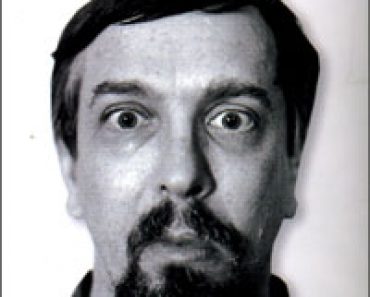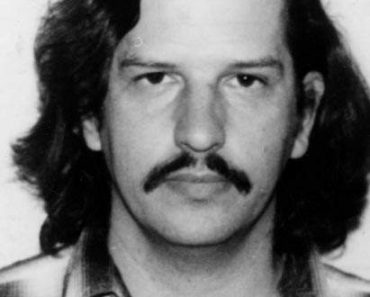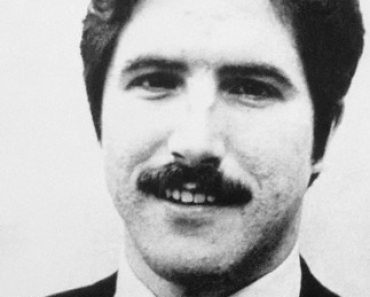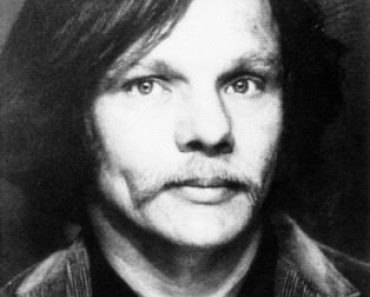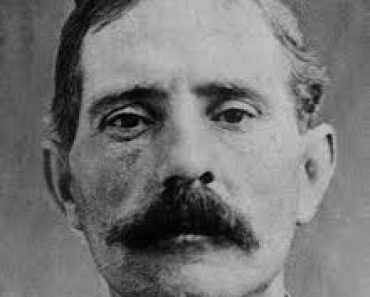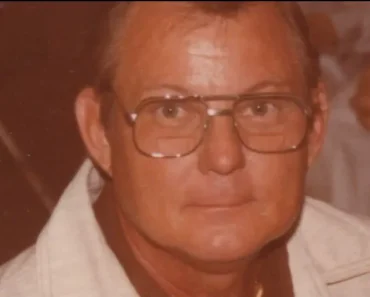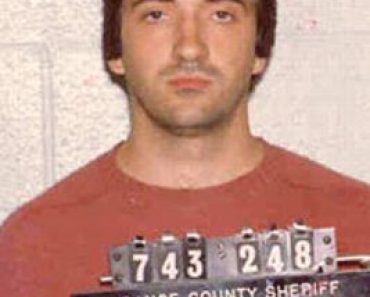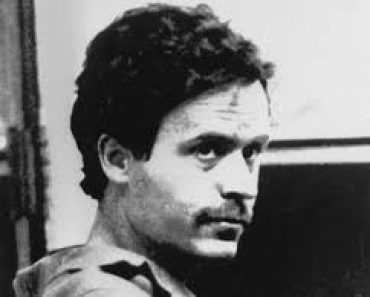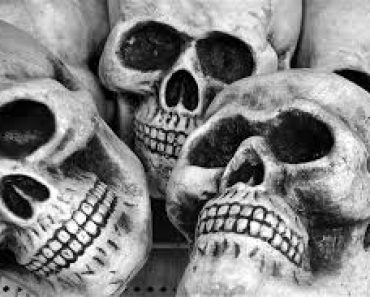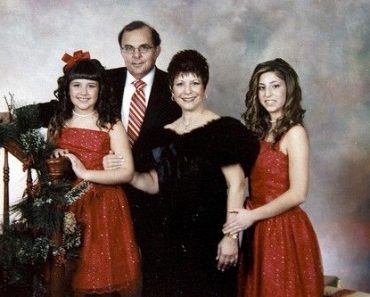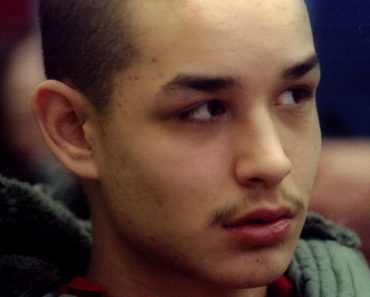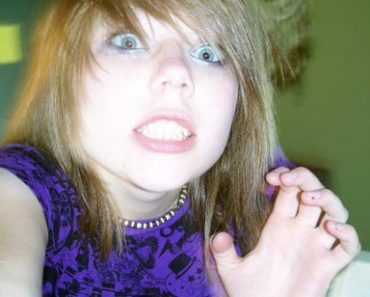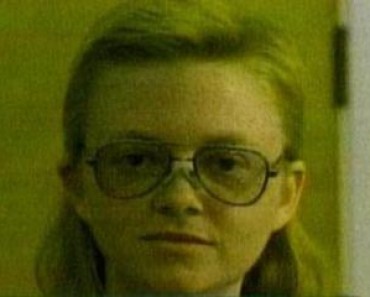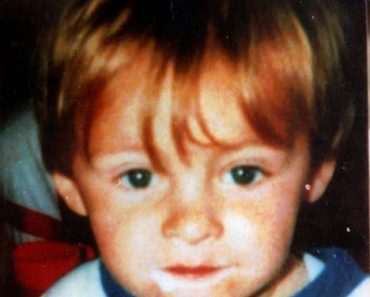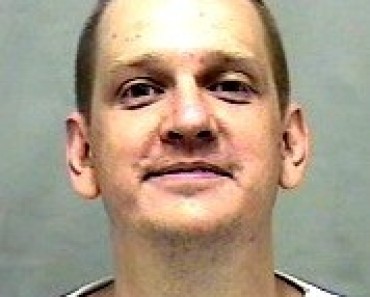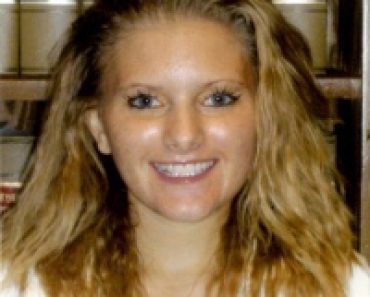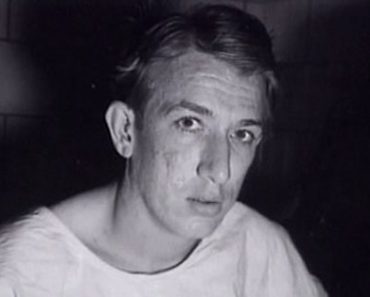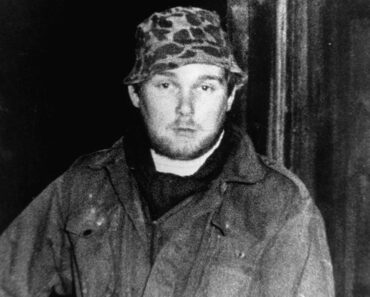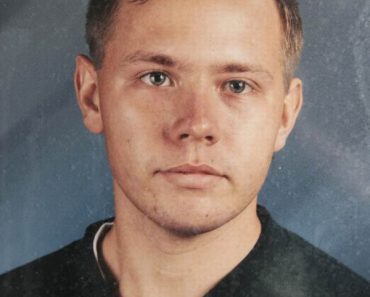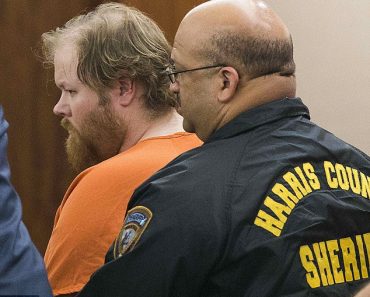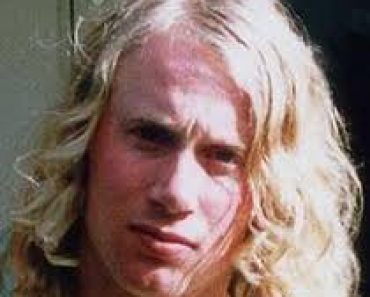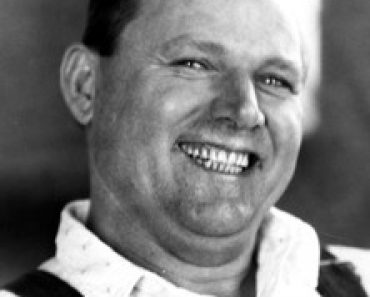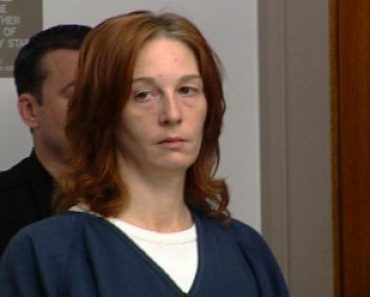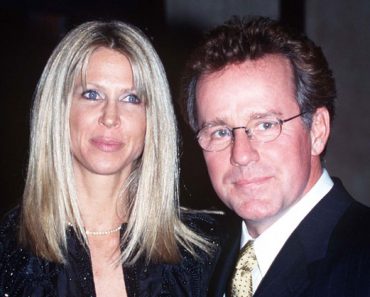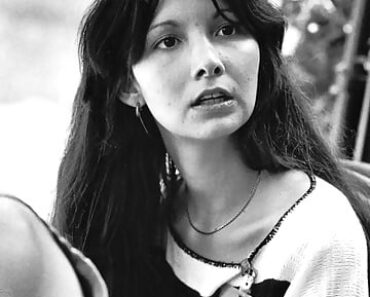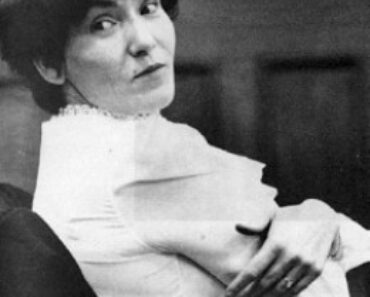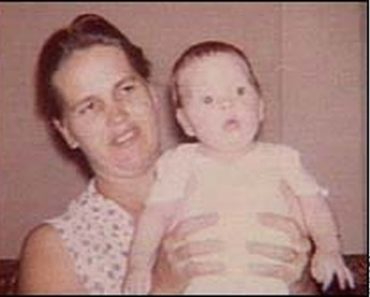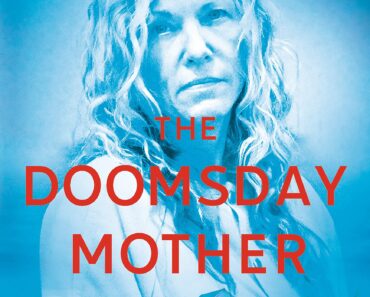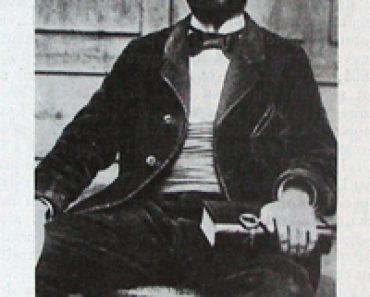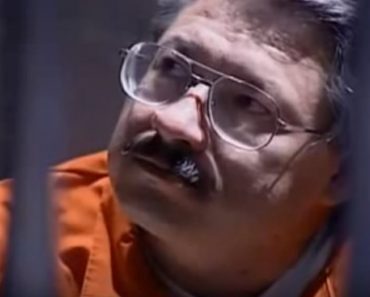Robert Black | Serial Killer
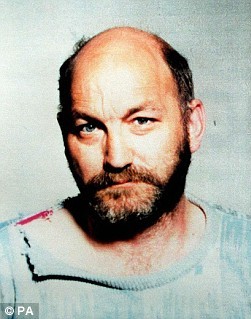
Robert Black
Born: 04-21-1947
A Born Heathen
Scottish Serial Killer
Crime Spree: 1969-1990
Death: 01-12-2016

Robert Black is a Scottish serial killer and child molester. He kidnapped, raped and murdered three girls during the 1980’s, kidnapped a fourth girl who survived, attempted to kidnap a fifth, and is the suspect in a number of unsolved child murders dating back to the 1970’s throughout Europe.
On December 16th 2009, Robert Black was charged with the murder of Jennifer Cardy, a 9 year old girl whose body was found at McKee’s Dam near Hillsborough, County Down in August of 1981.
Early Life of Robert Black
Robert Black was born in Grangemouth, about 20 miles from Edinburgh, on the Firth of Forth. His natural mother (Jessie Hunter Black) refused to put a father’s name on his birth certificate and had him fostered. She subsequently married Francis Hall, had four more children and died in 1982, but Black never had any further contact with her or his half-siblings. He was raised by Jack and Margaret Tulip in Kinlochleven, near Glencoe in the West Highlands.
Locals and neighbors report that Black was often frequently and heavily bruised during his childhood and acquaintances from primary school say he was “A bit of a loner but with a tendency to bully.” He preferred to spend time with younger children and was known for committing random, sudden acts of violence.
Aside from a propensity for violence, Robert Black developed a sexual awareness at an early age. He claims to have compared genetalia with a girl around the age of five. He also claims to have begun inserting objects into his anus at the age of eight and, when arrested later in life, to have had a life-long feeling that he should have been female.
The Early Crimes of Robert Black
While living with the Tulips, Robert Black developed sexual self-awareness at a young age. He later said that from the age of eight he would often push objects up his anus. This was a practice that he would continue into adulthood. As a young child, he also had an interest in the genitals of other children. At the age of just five, he and a girl both took off their clothes and compared each others’ genitals.
Robert Black first attempted rape at the age of 12 along with two other boys. They attacked a girl in a field, but found themselves unable to complete the act of penetration. The authorities were notified and Black was moved to the Red House in Musselburgh. While there, a male staff member sexually abused him. It was while Robert Black was at Red House that he also entered Musselburgh Grammar School where he developed an interest in football and swimming.
At 15, Black left Red House and found a job working as a delivery boy in Greenock near Glasgow. He later admitted that, while on his rounds, he molested 30 to 40 girls with various degrees of success. None of these incidents seem to have been officially reported until his first conviction at the age of 17 when he lured a seven-year-old girl to a deserted building, strangled her until she lost consciousness and then masturbated over her body. He was arrested and convicted of “lewd and libidinous” behavior for this offence, but received only an admonishment.
Robert Black
After this, Black moved back to Grangemouth and got a job with a builders’ supply company. He also found a girlfriend, Pamela Hodgson, fell in love and asked her to marry him. Robert was devastated when she ended the relationship several months later.
In 1966, Black’s inappropriate manifestation of his sexual desires resurfaced when he molested his landlord and landlady’s nine-year old granddaughter. The girl eventually told her parents. They took no legal action but Robert Black was ordered to leave the house.
At this time, Black moved to Kinlochleven where he was raised. He took a room with a couple who had a seven-year-old daughter. As before, Robert Black molested the girl. This time, however, when the sexual abuse was discovered, the police were notified and Black was eventually sentenced to a year of borstal training at Polmont.
On his release, Black left Scotland and moved to London. His abuse of young girls subsided for a time when he discovered child pornography — when police searched his home after his arrests for murder, they discovered more than 100 magazines and 50 videos. In London, Black found work as a swimming pool attendant and would sometimes go underneath the pool, remove the lights and watch young girls as they swam. Soon, a young girl complained that Black had touched her and while no official charges were brought, Robert Black lost his job.
Robert Black
While Black lived in London he spent a lot of time in pubs playing darts. He became a reasonable player, and became a well-known face on the amateur darts circuit. Darts world champion Eric Bristow knew Robert Black vaguely during this time, remembering him as a “loner” who never seemed to have a girlfriend.
In 1976, Black began working as a van driver. It was while working as a driver that he developed a thorough knowledge of some of the UK’s roads, particularly its minor roads.
The Murder of Susan Maxwell
On July 30, 1982, 11-year-old Susan Maxwell from the village of Cornhill on Tweed, on the English side of the English/Scottish border left her home to play a game of tennis across the border in Coldstream. Several local witnesses remembered seeing her until she crossed the bridge over the River Tweed, after which there were no sightings of Susan. Nobody saw it happen, but at some point between the river and Coldstream Susan was abducted by Robert Black. He raped and strangled her and dumped her body by the side of a road near Uttoxeter, about 250 miles away in central England.
The Murder of Caroline Hogg
In the evening of July 8, 1983, five-year-old Caroline Hogg from Portobello on the outskirts of Edinburgh went out to play near her home for a few minutes. She never returned. Many witnesses reported seeing a scruffy-looking man watching a young girl, believed to be Caroline, in the playground near her home, then holding hands with her in a nearby amusement arcade. The man was Robert Black. Caroline’s body was found 10 days later in a ditch in Leicestershire, around 300 miles from her home. The cause of death could not be determined due to decomposition (as had been the case with Susan Maxwell), but the absence of clothes suggested a sexual motive.
The Murder of Sarah Harper
Three years later, on March 26, 1986, 10-year-old Sarah Harper went missing from Morley in Leeds after leaving her home to go to the corner shop to buy a loaf of bread. The shopkeeper remembered Sarah coming in to the shop, but she never returned home. The last sighting of Sarah was of her walking towards the thicket that she used as a shortcut. Robert Black kidnapped, raped and murdered her. Her body was found dumped in the River Trent near Nottingham a month later.
The Police Investigation
The three bodies were found within 26 miles of each other, and police already believed that the murders were linked. Detectives also thought that, because all three victims had been left long distances from where they had been taken, that the killer traveled as part of his occupation – possibly a lorry driver. The police faced great pressure to solve the crimes, as some newspapers compared them to the Moors Murders. It was one of the first inquiries to widely use the HOLMES computer system, following recommendations in the aftermath of the Yorkshire Ripper investigation.
The Capture and First Trial of Robert Black
Robert Black was arrested on July 14, 1990, near Stow, Scotland. He was seen snatching a six-year-old girl off the street and bundling her into his van. An alert member of the public called the police who chased after the van and subsequently apprehended Black.
The little girl’s father was actually one of the police officers on the scene and was the one who discovered the child in the back of the van, tied up, gagged and stuffed into a sleeping bag. Apart from suffering from shock, the girl was uninjured. A search of Black’s home revealed a large collection of child pornography.
The following month, Robert Black was convicted of kidnapping the girl and given a life sentence.
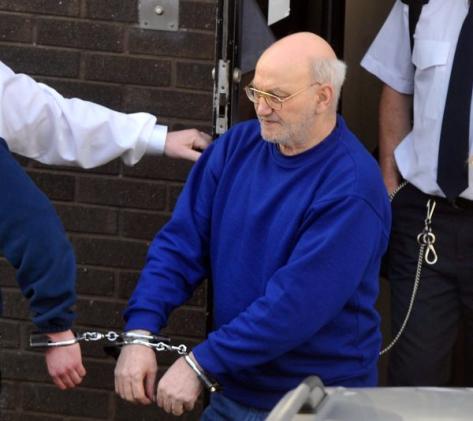 The Second Trial of Robert Black
The Second Trial of Robert Black
The police suspected Robert Black of the murders of Susan Maxwell, Caroline Hogg and Sarah Harper due to his occupation as a van driver, which gave him opportunity to travel far and wide, as the killer of those children had evidently done, not to mention his recent and past convictions.
They checked his petrol receipts which placed him in the appropriate locations and eventually charged Robert Black with all three murders, in addition to the attempted kidnapping of a 15-year-old girl who had escaped the clutches of a man who had tried to drag her into a van in 1988.
In the spring of 1994, Robert Black stood trial. He denied the charges. The prosecution were able to place him at the scenes and show the similarities between the three killings and with the kidnap of the six-year-old girl who had been rescued (juries are not usually allowed to know of a defendant’s current or past convictions, but in this case the judge allowed it.)
On May 19th, the jury found Robert Black guilty on all counts, and he was sentenced to life imprisonment and told that he should serve at least 35 years behind bars before being considered for parole. This would keep him behind bars until at least 2029, when he will be 82 years old if he is still alive.
Police have asked Robert Black about the disappearance of up to nine other girls whose fates remain unknown, but have not made progress. The files on these missing children all remain open.
Source: murderpedia / wikipedia



